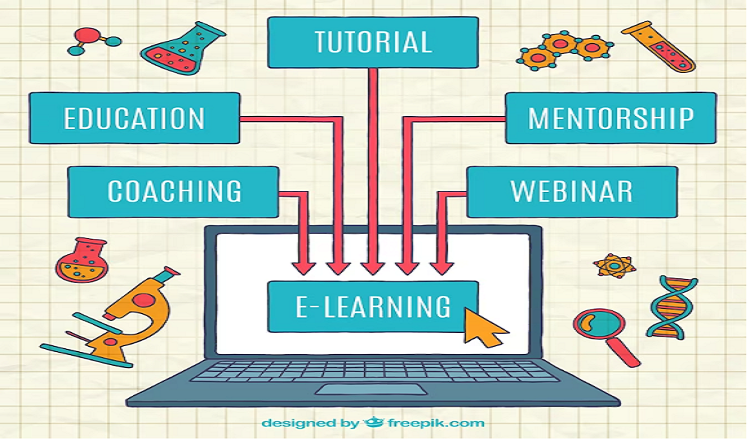Technology has made our lives much easier, faster, and more efficient. The way we learn is one of the most important ways in which technology has changed our lives. With the help of technology, we have access to an infinite number of materials from all over the world. This lets us learn anything we want, whenever we want, wherever we want.
In this piece, we’ll look at some new ways to use technology in the classroom.
Learning That Fits You
Personalised learning is a way of teaching that makes sure each student learns in a way that fits their own learning style, hobbies, goals, and other needs. It’s a way for students to learn and study more effectively and quickly, which helps them learn more.
Personalised learning methods can be used in the classroom with the help of technology. Educators can use adaptable software that can change to meet the needs and learning styles of each student. This technology can keep track of how well kids are doing and give them feedback and suggestions for how to improve.
The process of making games.
Gamification is the process of using game techniques and designs in settings that aren’t games to get people interested and motivated. Gamification can be a good way to reach students in a new way that is engaging and makes learning more fun.
Adding game elements to personalised learning is a way to make learning fun and interesting. Games can make learning fun and engaging, letting students learn at their own pace and compete with each other.
Working Together to Learn
Collaborative learning is a way of teaching that emphasises learning through social contact with peers, teachers, and experts. Students can work together on projects and homework with the help of technology, whether they are in the same room or on the other side of the world.
Video conference calls
Video conference is a type of technology that lets people meet face-to-face over the Internet. Video calling has changed how students can work together in the classroom to learn.
Through online meetings, webinars, and one-on-one conversations, students can use video chatting to work with peers and experts in different places and learn from their experiences.
The virtual world
Virtual reality (VR) is a computer simulation of a three-dimensional environment that lets users connect with a made-up world and have a variety of sensory experiences. Students can learn in an engaging way with virtual reality technology, which makes it easier for them to understand difficult ideas.
School trips
Virtual field trips are a great way for students to learn about places they might not be able to visit for practical or financial reasons. Students can visit places like museums, art galleries, and historic spots without leaving the classroom thanks to virtual reality. This technology uses a mix of movies, photos, and interactive parts to give students a real-world experience.
Augmented Reality (AR)
Augmented reality (AR) is a technology that adds digital features to the real world. AR can be used to make a learning experience that is interactive and interesting, which helps with learning.
Lessons that are hands-on
By using AR in the classroom, students can interact with 3D models, videos, and other digital elements to make learning more interesting and easy to remember. For instance, a student could use an AR app to study the human body in three dimensions. This would be a more interactive way to learn than just looking at 2D pictures in a textbook.
Intelligence made by machines
Artificial Intelligence (AI) is the science of making machines that are smart enough to learn, reason, and sense, so they can do things that people usually do. AI has the ability to change how teachers teach and how their students learn.
Tutors Who Are Smart
Intelligent tutoring systems use AI programmes that can figure out how much a student understands and make suggestions based on that. These systems can track a student’s progress and change to meet their needs. They can also give comments and help in real time.
Learning on the go
People’s ways of talking to each other, getting knowledge, and learning have changed because so many of them use mobile devices. With mobile learning, students can learn and look up information from anywhere, right from the palm of their hand.
App for mobile phones
Teachers and students can use mobile apps to access learning materials anywhere, like in the classroom or on the way home. Students can learn and test their information in a fun and interactive way with apps like Quizlet, Kahoot, and Duolingo.
In conclusion, technology has given education new and interesting tools for teaching. By using personalised learning, collaborative learning, virtual and augmented reality, artificial intelligence, and mobile learning, teachers can better connect with students and help them learn better.
Read More You May Like:

